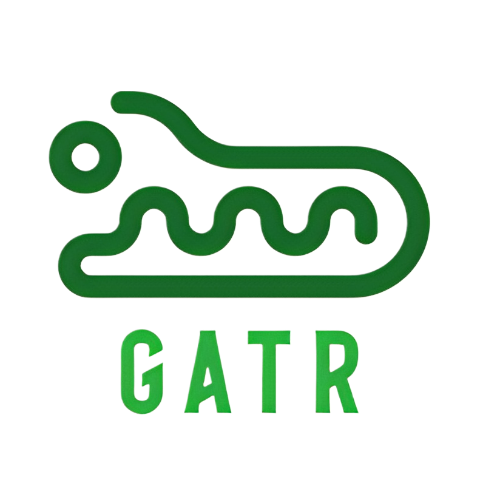Basic Definition #
A blockchain is a decentralized, distributed digital ledger that records transactions across many computers in a way that ensures the security and integrity of the data. Here are some key aspects of blockchain technology:
- Decentralization:
- Unlike traditional centralized databases, blockchains operate on a network of nodes (computers) where each node holds a copy of the entire blockchain.
- Transactions are verified and recorded by multiple nodes, ensuring no single point of control or failure.
- Immutability:
- Once a transaction is recorded in a block and added to the blockchain, it cannot be altered or deleted.
- This is achieved through cryptographic hashing and the linking of blocks (each block contains the hash of the previous block).
- Transparency:
- All transactions are publicly visible on the blockchain, providing full transparency.
- While the transactions are public, the identities of the participants are pseudonymous.
- Security:
- Blockchain uses cryptographic techniques to secure data.
Decentralization #
A blockchain is a database that is shared, replicated, and synchronized across multiple nodes (computers or servers) in a network. This type of ledger operates without a central authority or a single point of control.
Transparency: All transactions are visible to all participants in the network, ensuring full transparency. This openness helps build trust among participants.
Immutability: Once a transaction is added to the ledger, it cannot be altered or deleted. This immutability is achieved through cryptographic hashing and consensus mechanisms. Each block of transactions contains a unique hash and the hash of the previous block, creating a chain that is resistant to tampering.
Validation: Transactions are validated through consensus protocols such as Proof of Work (PoW), Proof of Stake (PoS), or other algorithms. These protocols ensure that only legitimate transactions are added to the ledger.
Decentralized Security: The absence of a central point of failure makes the system more secure against attacks. Even if some nodes are compromised, the overall integrity of the ledger remains intact.
Cryptographic Techniques: Digital signatures, hashing, and encryption are used to protect data and ensure that only authorized participants can perform certain actions.
Transactions, NFTs, even computer programs (AKA smart contracts) reside on the blockchain and are accessed by your crypto wallet, which manages the signature you need to add a transaction to the chain (AKA, send a coin).





